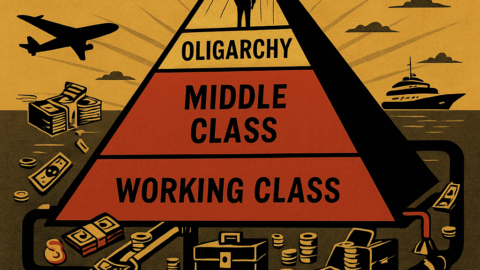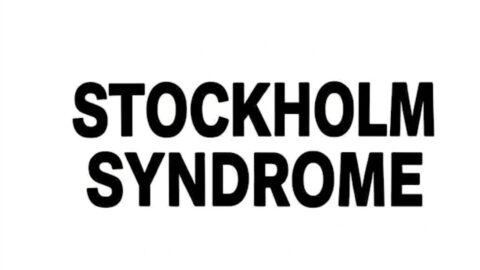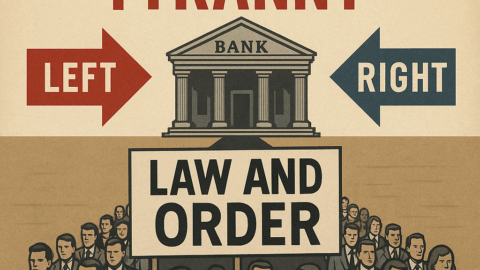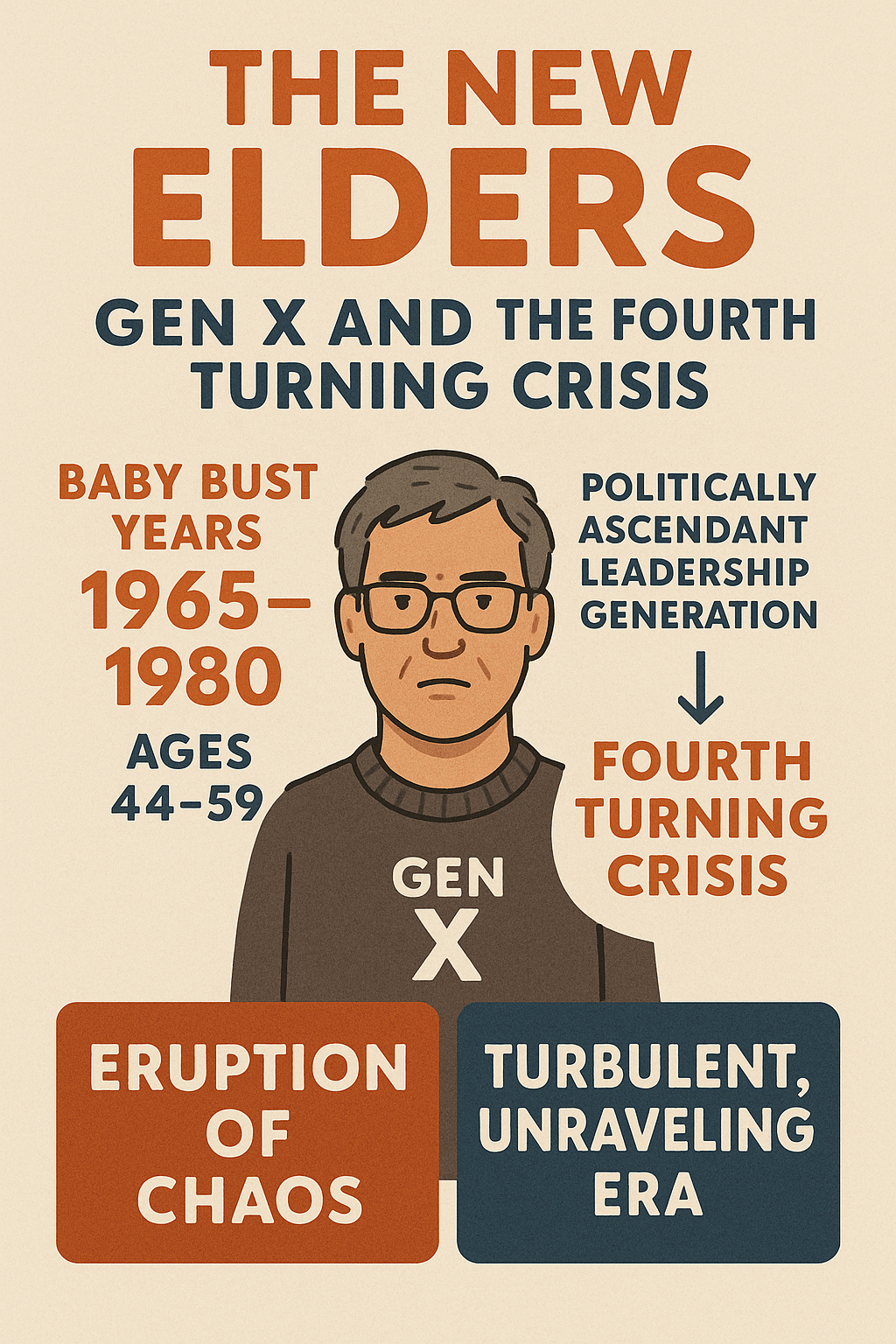Financial Crisis 2.0: The Hidden Private Equity Bubble
The current financial system is on the brink of another 2008-level collapse, but this time, it is being hidden behind the private equity sector rather than the banks. Unlike the subprime mortgage crisis, which was visible in housing markets, this crisis is more opaque, with private equity firms accumulating $3.8 trillion in adjustable-rate loans (ARMs) that are now becoming unsustainable due to rising interest rates.
1. The Private Equity Debt Bomb
Private equity firms have used leveraged buyouts to acquire businesses across multiple industries, including retail, healthcare, real estate, and essential services (e.g., nursing homes, veterinary clinics, HVAC companies, and more). Many of these businesses remain profitable, yet they are still going bankrupt because private equity loaded them with adjustable-rate loans, and as interest rates have risen, their debt obligations have skyrocketed.
2. A Larger Bubble Than 2008
To put the scale into perspective:
- 2008 Subprime Mortgage Crisis: $1.1 trillion in high-risk adjustable-rate mortgages and $1.3 trillion in other subprime loans.
- Current Private Equity Debt Crisis: $3.8 trillion in adjustable-rate loans, affecting not just housing, but every sector of the economy.
This means that the total amount of risky debt today is nearly three times larger than the amount that triggered the 2008 crash.
3. The Role of Banks and Pensions in Hiding the Crisis
Banks are not holding onto these risky loans like they did in 2008. Instead, they are bundling them into Collateralized Loan Obligations (CLOs)—similar to the mortgage-backed securities (MBS) that collapsed in 2008. These CLOs are then being sold to pension funds, which are treating them as low-risk assets.
- Banks offload the debt quickly, so they avoid responsibility when defaults occur.
- Pension funds buy these loans, boosting their short-term balance sheets while kicking the financial risk down the road.
The inevitable result? When the debt bubble bursts, it won’t be the banks that collapse this time—it will be the American pension system, putting retirees and working-class Americans at risk of losing their financial security.
4. The Real-World Impact
The coming collapse will not just be limited to housing and finance like in 2008. Because private equity owns key industries, the fallout will hit:
- Retail (e.g., Joann’s, Hooters)
- Healthcare (hospitals, nursing homes, emergency rooms)
- Home services (HVAC, construction)
- Essential businesses (daycares, veterinary clinics)
As these businesses fail under the weight of debt, thousands of employees will lose their jobs, and services critical to daily life will disappear, further accelerating economic decline.
5. The Ultimate Plan: Bailout for Pensions, Not Banks
Unlike in 2008, when the banks were bailed out under “Too Big to Fail”, the government knows that Americans would not tolerate another direct bank bailout. Instead, the expectation is that when pension funds collapse, the government will step in to bail them out, making taxpayers shoulder the cost while shielding private equity firms and banks from consequences.
6. A Deliberate, Systemic Crisis
This is not an accident—it is the result of deliberate greed and exploitation by private equity firms, banks, and pension funds:
- Private equity firms took on reckless loans for cheap debt and high fees.
- Banks knew the loans were bad but packaged them to offload risk.
- Pension funds bought into the scam, using inflated future projections to hide their own financial instability.
When the bubble bursts, it will be the working class, retirees, and businesses who suffer the most, while the financial elite—who have already made their money—walk away unscathed.
Conclusion: The Silent Economic Collapse
A financial crisis larger than 2008 is unfolding in real-time, but because it is hidden in private equity and pension fund investments, few people are paying attention. The warning signs are clear, but without regulatory oversight or intervention, the collapse of thousands of businesses, mass job losses, and a failing pension system may soon be unavoidable.







